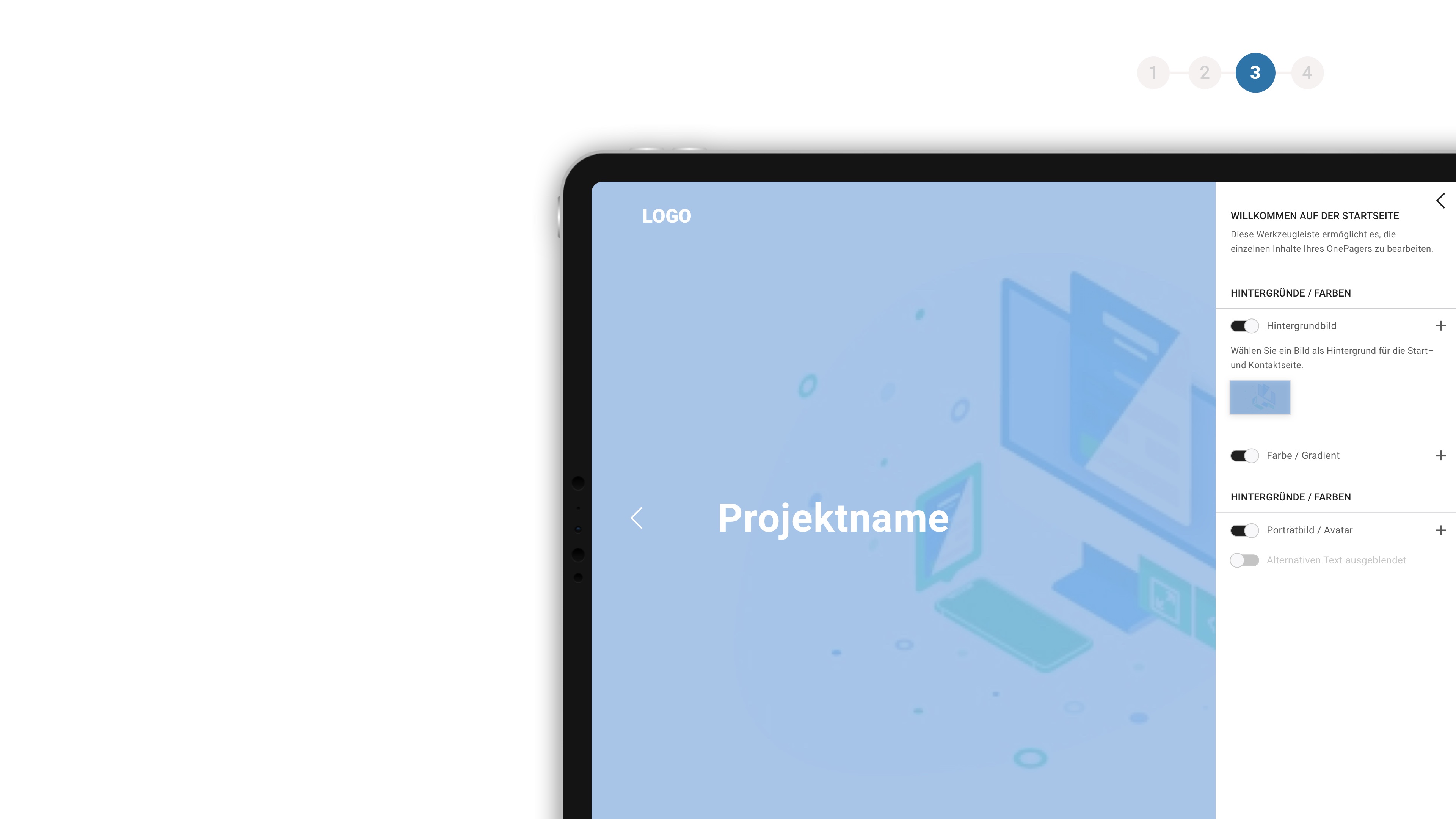


















Animals United
Cast & Crew
- Regie
- Produzent
- Drehbuch
Statement Regisseur
To this day, Erich Kästner (1899 – 1974) is one of the most beloved children’s authors, not least because of his courageous Third Reich opposition, and his classic tales like “Emil and the Detectives“ and “Lottie and Lisa“ (twice adapted for the screen by Disney as “The Parent Trap“).But how does one adapt a 60-year-old children’s classic for the movies of the 21st century? A dedicated pacifist ever since WW I, when he was drafted at the age of 18, Kästner wrote “Conference” in 1947 drawing upon the horrors of WW II and the dawning Cold War as a passionate appeal for world peace. We decided the modern equivalent of Kästner’s appeal for peace, his optimistic utopia, in which the animals rise up to challenge man, was the current ecological debate. Environmental destruction, extinction of endangered species, the wasteful use of natural resources, form the socio-political background of our film, so to speak. But it is only the background. At the heart of the film is an emotional father-son story, its driving force is the protagonists’ effort to save their home, their families and friends from destruction. And its energy derives from the physical humor of its heroes, who not only have a big goal, but also lots of little quirks and vanities, are refreshingly crazy, megalomaniac or shy, and strike a chord with us all.
While live-action films can be shot in weeks or months, it takes a good two years for the screenplay of an animated film to be turned into computer-generated imagery frame by frame. 24 frames per second need to be filled, which in turn all consist of several layers and individual elements, such as characters, sets, props, textures like fur, skin or clothes, as well as backgrounds and surfaces like water or sand. There’s never a dull moment in the process of animation production. It’s a wild, two-year rollercoaster ride, which offers sheer infinite possibilities of perfecting individual scenes even more.
One real-world element did make it into the finished movie, however: the sky. There’s nothing quite like the light of Africa. It speaks to a fundamental longing in us that no other light in the world can, especially no artificial light. Over a period of two weeks, we took hundreds of 360-degree panorama stills in the most remote locations of Namibia’s Skeleton Coast and Botswana’s Okavango Delta. We captured the light of Africa and took it home with us to put in every scene of the movie.



